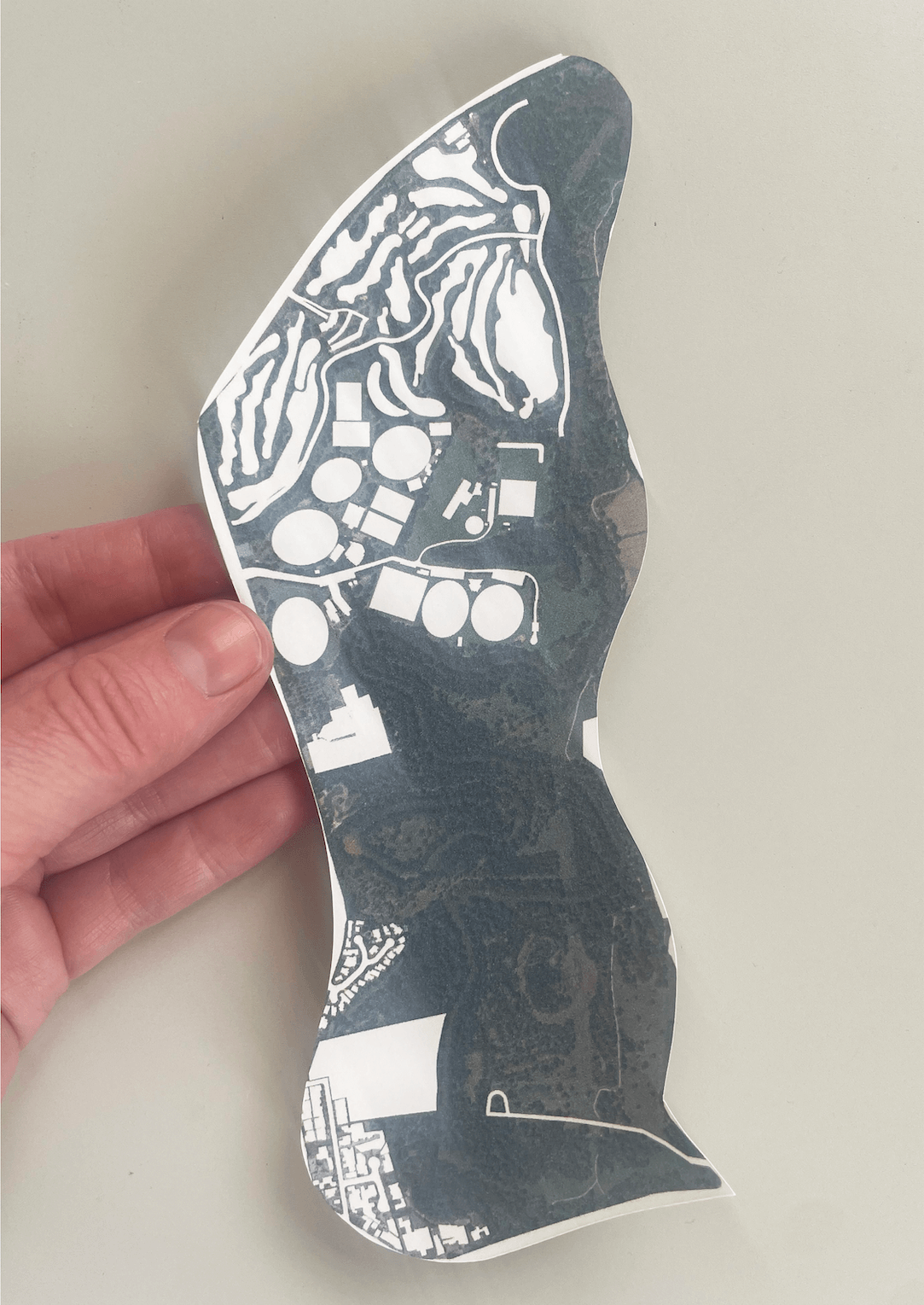
baanytaageek: Great Swamp Regenerative Collective
LOCATION
VIC
Tae Rak (Lake Condah)
Gunditjmara Country
Research into the after-effects of modernity leads us to visit examples of ‘post-industrial hybrids’ – cumulative landscapes that absorb past actions as they are modified and adapted to dynamic conditions. The deep-time processes of the Gunditjmara people of Tae Rak (Lake Condah) in south-west Victoria show how careful interventions enable stewardship, repair, and rehabilitation of water systems.
For thousands of years, these Traditional Owners rearranged volcanic rocks that covered the low-lying plains below Budj Bim (Mt Eccles) to create a series of linked ponds that formed an eel-trap system. This is an example of a modified and augmented natural water landscape, generating cultural trade and allowing sustained human occupation. Construction of a small concrete weir across the remnant drainage channel allows Tae Rak to fill part way towards its natural level and makes a crossing, as seen in this photo; negotiations with adjacent landowners may progress to raise this level to its maximum floodable extent. The return of semi-permanent water brings back insects and birdlife, and with that comes a range of wetland plants re-establishing themselves in the previously drained farmland.
AUTHORS:
Nigel Bertram
Catherine Murphy
CONTRIBUTORS
N’arwee’t Carolyn Briggs
Daniel Kotsimbos
Rutger Pasman
Ben Waters
IMAGE
Monash architecture students
traversing the new concrete weir
(design by GHD) damming the outlet
drain at Lake Condah. Photograph by
Piers Morgan, 2016.